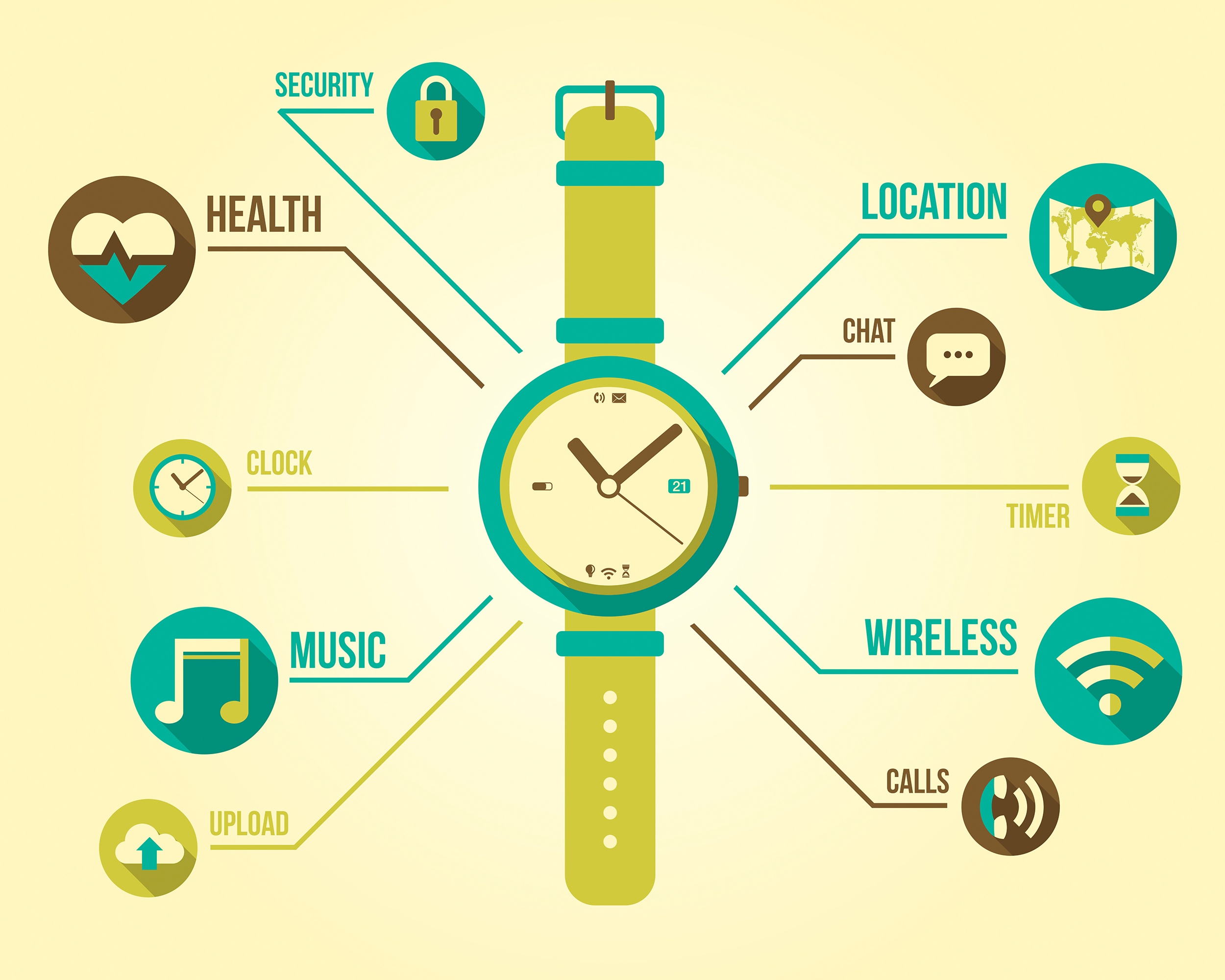Wearables Add Yet Another Challenge for Corporate Security

Just when many corporate security and IT executives thought they were getting something of a handle on the ever-expanding technology infrastructure, along comes an emerging trend that could make their tasks more complex: wearables in the workplace.
A growing number of companies are allowing—and in some cases encouraging—employees to use wearable devices at work. These can include smart watches, health and activity monitors, augmented reality glasses and other products that users attach to their bodies or clothing.
While it’s still a relatively new area, clearly the number of people using wearables will go up as more products enter the market and individuals purchase them. Like the bring-your-own-device (BYOD) trend that has helped boost the number of smartphones and tablets in use at work, the newer wear-your-own-device (WYOD) is likely to create additional challenges for managers.
Just as with mobile devices, there are potential benefits that could come with this new trend, not the least of which is the improved health and fitness of workers. But as with BYOD and the growth of mobile technology in general, it also has the potential to expand the threat landscape for organizations.
Executives are expecting a rise in wearable devices at work. A study released in April 2015 by IT staffing firm Robert Half Technology showed that 81% of 2,400 CIOs at U.S. companies surveyed said they think wearable computing devices such as watches and glasses will become common workplace tools. Among this group, a majority expect to see workplace wearables emerge within five years. These products could potentially be used to record meetings, scan documents and provide navigation, among other uses, according to the report.
"Mobility and connectivity expectations for business have grown, making the ability to gain access anywhere, anytime imperative," said John Reed, senior executive director of Robert Half Technology. "Emerging technologies such as wearables may help drive enterprise mobility and create a need for IT expertise to support their adoption at work."
But one of the key questions the firm says IT leaders should consider when evaluating whether to support wearables for the business is “am I aware of security risks and is the company equipped to handle them?” IT executives must understand, and communicate to other business leaders, the difference in security risk levels with enterprise-provided wearables versus employees' personal devices and develop plans and policies to match, the report says.
Another report, from Frost & Sullivan, notes that the fledgling wearable devices market currently caters only to a niche customer base, but that improvements in devices and “newer, interesting use cases will accelerate the transition to mass market proliferation.” The firm predicts that a growing number of industry-specific original equipment manufacturers will enter the market in partnership with technology companies.
With embedded sensors “continuously collecting data and breaking down context barriers by bringing that data into common social and physical spaces, the implementation of strict privacy and security laws is crucial,” the report says. “Data regulation laws require communication between technology vendors, legal institutions, and governments to determine the future of wearable device data.”
Wearables are not the only example of the ever-expanding IT environment. As covered in a recent report from Gartner Inc., the “personal cloud” and Internet of Things (IoT) are expected to intersect with corporate IT initiatives.
In fact, by 2018, 50% of IT support organizations will support assets and services outside their IT service portfolio, the firm says. Personal cloud is growing in importance as it shapes how employees operate across their digital lives, Gartner says.
“End-user computing and digital workplace managers responsible for building the digital workplace will be increasingly challenged as the personal cloud continues to evolve and intersect with IT initiatives,” the report says. It describes the personal cloud as the collection of content, services and tools that users assemble to fulfill their personal digital lifestyle needs across any device.
The report says the next wave of the personal cloud will be shaped by two key trends: increased access to personal information and increased intelligence applied to the user experience and against the user's information.
"The rate of change is accelerating as new technologies like Windows 10, ubiquitous sensors, wearables and smart machines alter the landscape and further blur the lines between consumer and enterprise computing," said Stephen Kleynhans, research vice president at Gartner. "By 2018, 25% of large organizations will have an explicit strategy to make their corporate computing environment similar to a consumer computing experience."
The report says the IoT and wearables “will exponentially expand each user's personal cloud and raise new challenges” for those overseeing security and privacy.

tags
Author
.jpg)
Shaun Donaldson is Editor-at-large at Bitdefender Enterprise. Shaun is also responsible for supporting relationships with strategic alliance partners and large enterprise customers, and analyst relations. Before joining Bitdefender, Mr. Donaldson was involved in various technology alliances, enterprise sales and marketing positions within the IT security industry, including Trend Micro, Entrust, Bell Security Solutions and Third Brigade.
View all postsRight now Top posts
FOLLOW US ON SOCIAL MEDIA
SUBSCRIBE TO OUR NEWSLETTER
Don’t miss out on exclusive content and exciting announcements!
You might also like
Bookmarks










